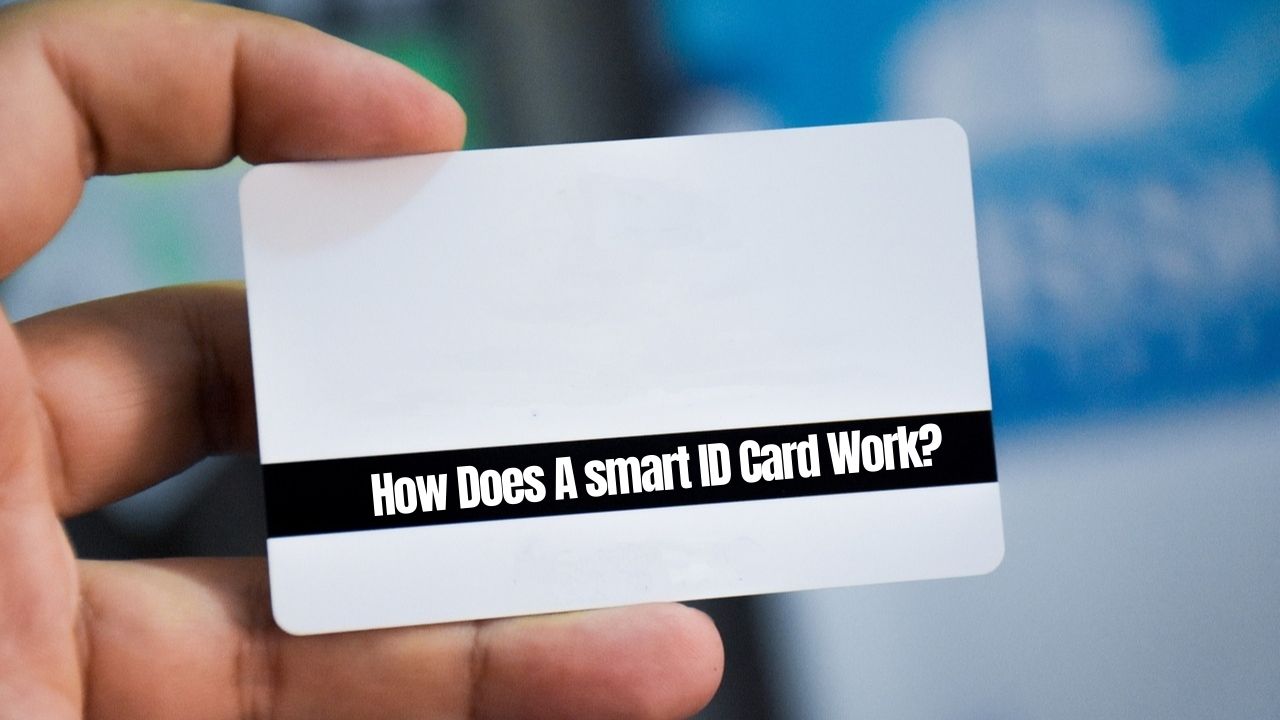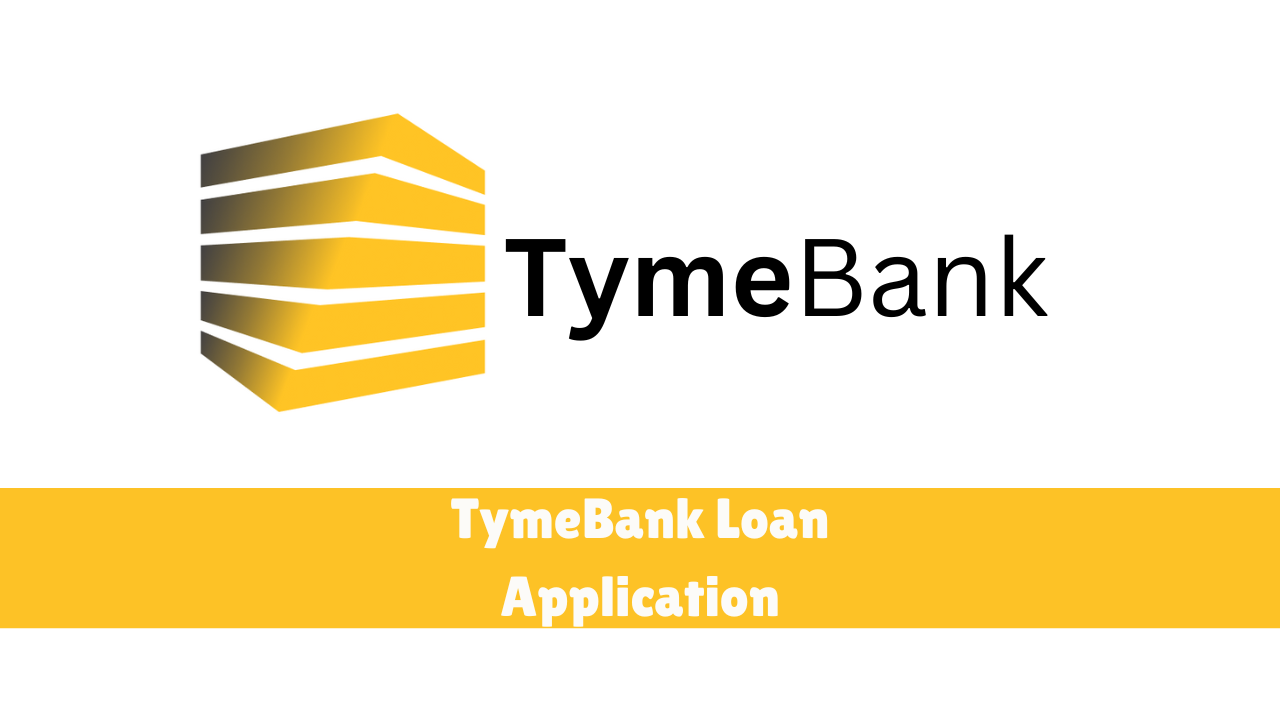How Does A smart ID Card Work? Smart ID cards have revolutionized identification systems, offering enhanced security and convenience. Understanding how these cards function provides insights into their benefits and applications. In this article, we delve into the intricacies of smart ID cards, shedding light on their working mechanism and advantages.
Table of Contents
ToggleWorking Mechanism of Smart ID Cards
- Embedded Microchip: Smart ID cards contain a microchip embedded with encrypted data, including personal information, biometric details, and digital signatures.
- Contactless Technology: Many smart ID cards utilize contactless technology such as Radio Frequency Identification (RFID) or Near Field Communication (NFC) for data transmission. This enables quick and secure authentication without physical contact with a reader device.
- Authentication Process: When a smart ID card is presented to a compatible reader device, the device sends a signal to the card, prompting it to transmit the stored data. The reader verifies this information against the database to authenticate the cardholder’s identity.
- Biometric Verification: Some advanced smart ID cards incorporate biometric authentication methods such as fingerprint or iris scanning for an additional layer of security. These biometric data are securely stored on the card’s chip and compared with live scans during verification.
Benefits of Smart ID Cards
- Enhanced Security: The encryption of data and use of biometric verification make smart ID cards highly secure, reducing the risk of identity theft and fraud.
- Convenience: With contactless technology, smart ID cards offer swift and hassle-free authentication, eliminating the need for physical insertion or swiping.
- Versatility: Smart ID cards can be used for various applications beyond identification, including access control, electronic payments, and digital signatures.
- Efficiency: Automated verification processes streamline administrative tasks, saving time and resources for organizations handling large volumes of ID checks.
- Integration: Smart ID card systems can be seamlessly integrated with existing infrastructure and databases, facilitating interoperability across different platforms and applications.
Applications of Smart ID Cards
- Government ID Programs: Smart ID cards are widely used for government-issued identification, driving licenses, healthcare cards, and voter registration.
- Corporate Security: Many organizations employ smart ID cards for employee access control, time and attendance tracking, and secure authentication to IT systems.
- Financial Transactions: Smart ID cards with integrated payment functionalities enable cashless transactions, providing a convenient and secure payment solution.
- Travel Documents: Some countries utilize smart ID cards as travel documents, facilitating border control and immigration processes with biometric verification.
Differences Between Smart ID Card And Civil ID
While the terms “Smart ID Card” and “Civil ID” are often used interchangeably, there are subtle distinctions between the two:
- Functionality: The Smart ID Card encompasses advanced technological features and functionalities beyond basic identification, whereas the Civil ID primarily serves as an identification and residency verification document.
- Target Audience: The Smart ID Card is issued to both citizens and residents of Kuwait Civil ID, while the Civil ID specifically refers to the identification document issued to residents, including expatriates.
Conclusion
Smart ID cards represent a significant advancement in identification technology, offering robust security features and versatile applications. By harnessing contactless technology and biometric authentication, these cards provide a secure and efficient means of verifying identity across various domains. Understanding the working principles and benefits of smart ID cards underscores their importance in modern-day security and authentication systems.









